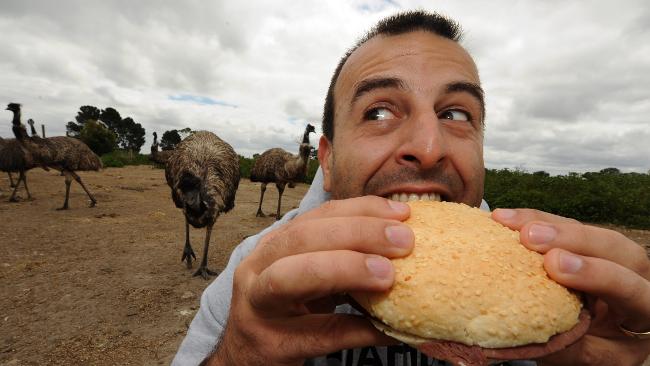Hughenden Strike Camp, Queensland, 1891.
In early 1891, central Queensland shearers went on strike. From February through until May, central Queensland was on the brink of civil war. Striking shearers formed armed camps outside of towns. The culmination of the strike came at Barcaldine, when the colonial administration ordered the arrest of the shearers' leaders on charges of sedition and conspiracy.
Working conditions for sheep shearers in 19th century Australia weren't good. In 1891 wool was one of Australia's largest industries. But as the wool industry grew, so did the number and influence of shearers.
The Australian Shearers’ Union boasted tens of thousands of members, and had unionised thousands of sheds. At their annual conference in Bourke in 1890, the Union laid down a new rule, which prohibited members from working with non-union workers. Soon after, shearers at Jondaryan Station on the Darling Downs went on strike over this issue. As non-union labour was still able to process the wool, the Jondaryan shearers called for help. The Rockhampton wharfies responded and refused to touch the Jondaryan wool. The unionists won the battle. This galvanised the squatters, and they formed the Pastoralists’ Federal Council, to counter the strength of the unions. The battle lines were drawn, conflict was not far away; the only question was where and when.
The strike started and quickly spread. From February until May, central Queensland was on the brink of civil war. Striking shearers formed armed camps outside of towns. Thousands of armed soldiers protected non-union labour and arrested strike leaders. The unionists retaliated by raiding shearing sheds, harassing non-union labour and committing acts of sabotage, although the incidents of actual violence or arson were few.
But the shearers were unable to hold out. The summer had been unseasonably wet, and the strike was poorly timed for maximum effect on the shearing season (winter). By May the union camps were full of hungry penniless shearers. The strike had been broken. The squatters had won this time, but it had proved a costly exercise.
Thirteen union leaders were charged with sedition and conspiracy, taken to Rockhampton for the trial, convicted, and sentenced to three years in gaol on St Helena Island Prison. The 1891 Shearers Strike is credited as being one of the factors for the formation of the Australian Labor Party.
Working conditions for sheep shearers in 19th century Australia weren't good
Shearer’s camp, Langton Station, 1891
Union camp, Barcaldine, 1891. Located at the head point of the central railway, western Queensland, Barcaldine became a focal point of conflict during the shearers’ strike of 1891. Up to 1000 unionists camped outside the town at Lagoon Creek



































